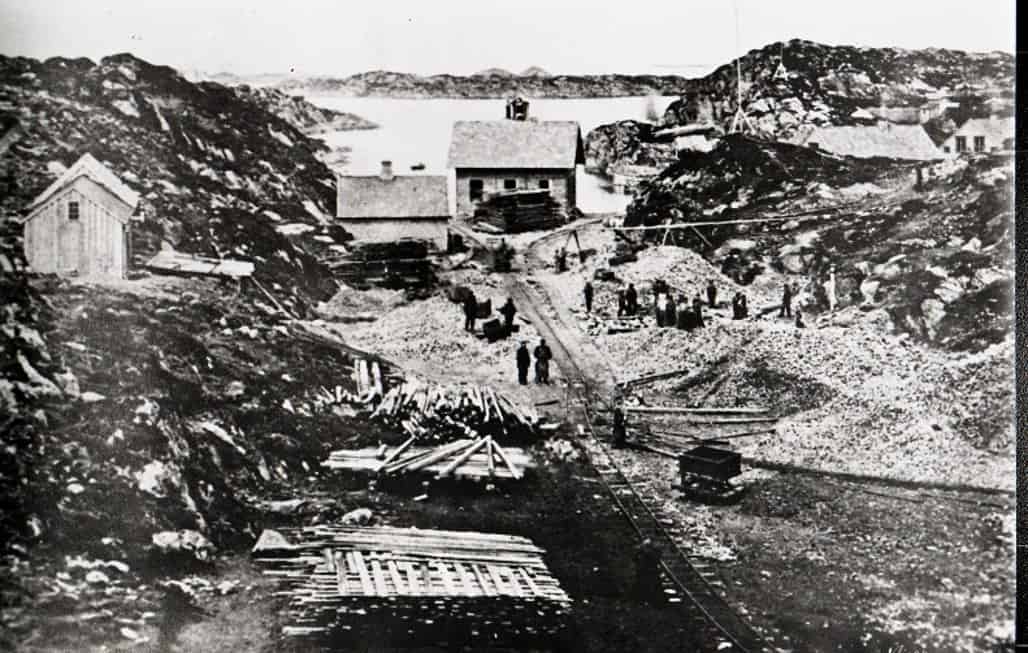Emigrants from Byneset, Trøndelag, ended up in Montana
Before the Civil War, emigrants from Norway usually crossed the Atlantic on board a Norwegian sailing ship from a Norwegian harbor to New York or Quebec. This mode of transportation changed radically in the 1870s. Trans-Atlantic steamship companies from British ports offered faster journeys. A steamship crossed the Atlantic in less than half the time […]
Emigrants from Byneset, Trøndelag, ended up in Montana Read more...





